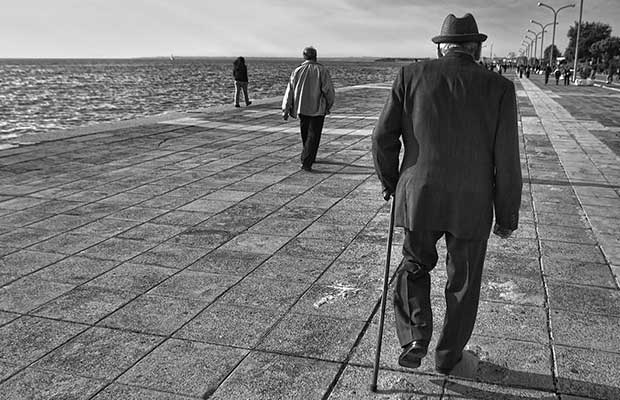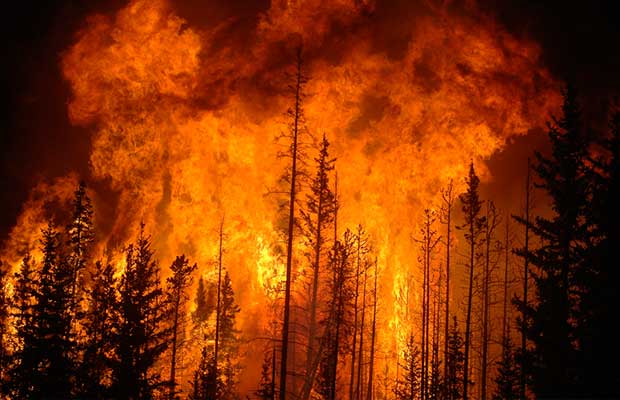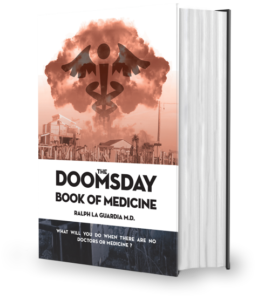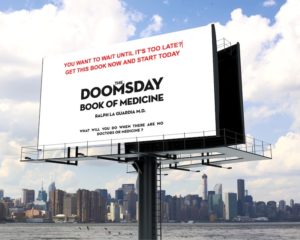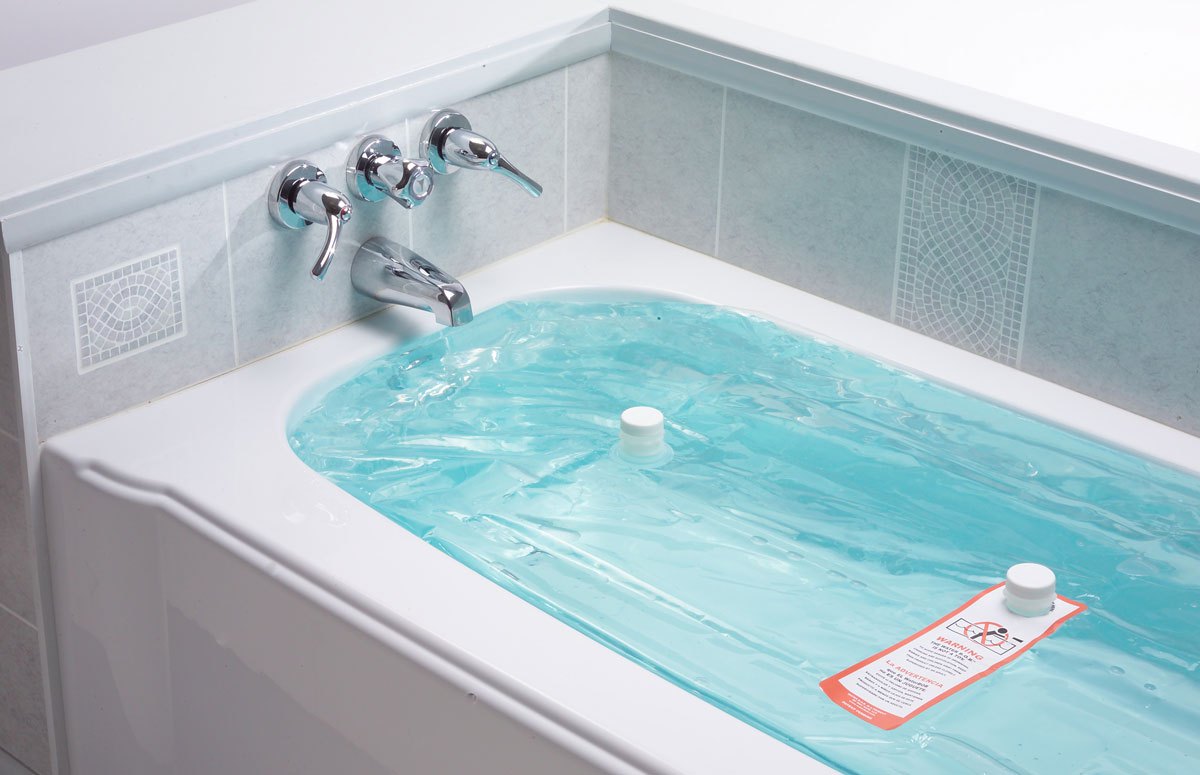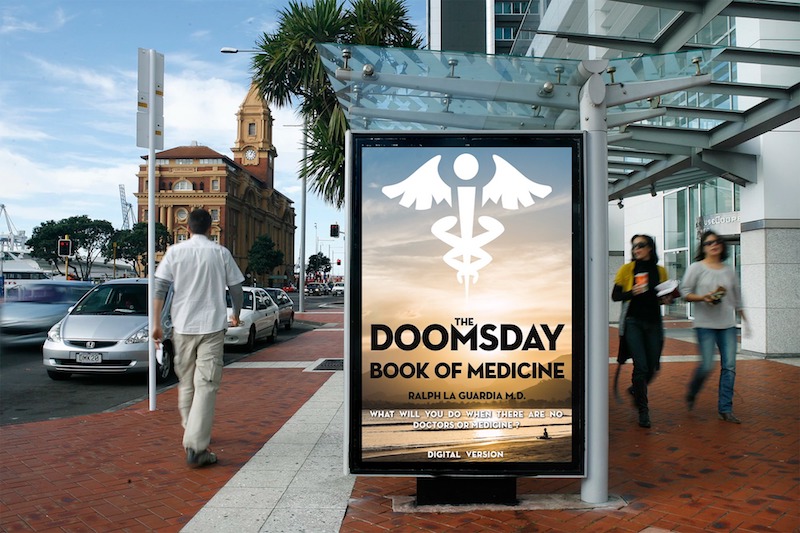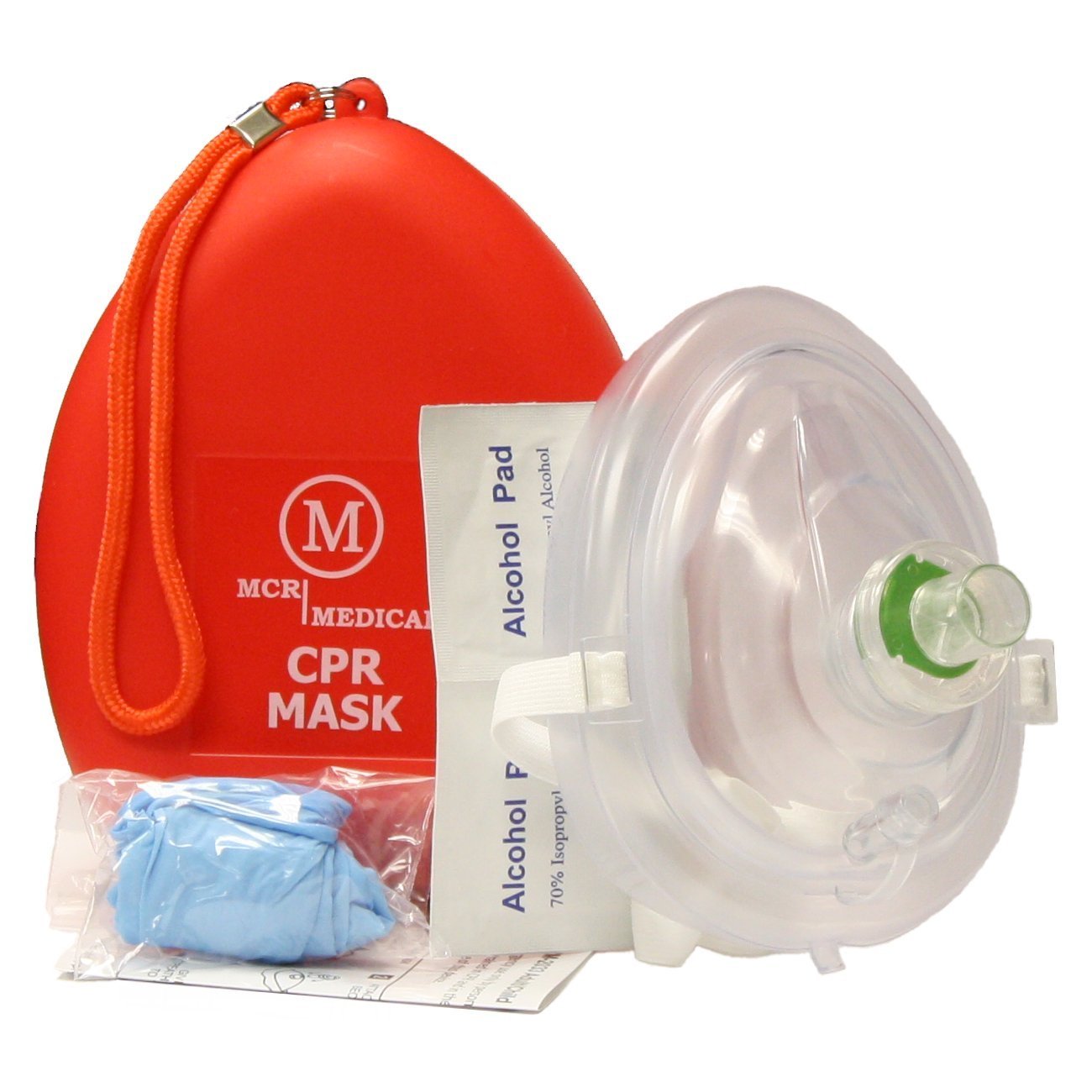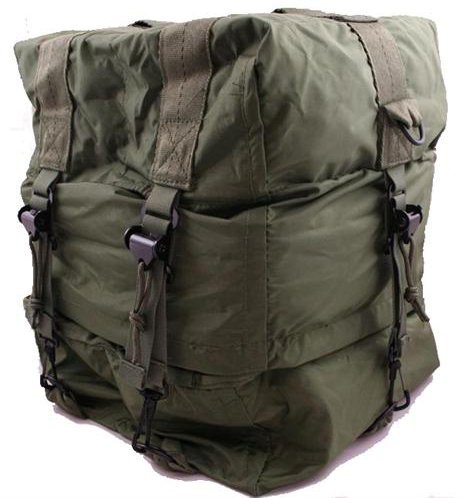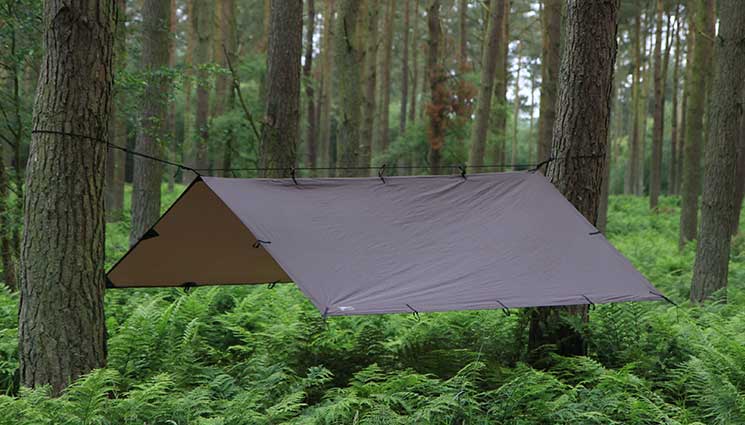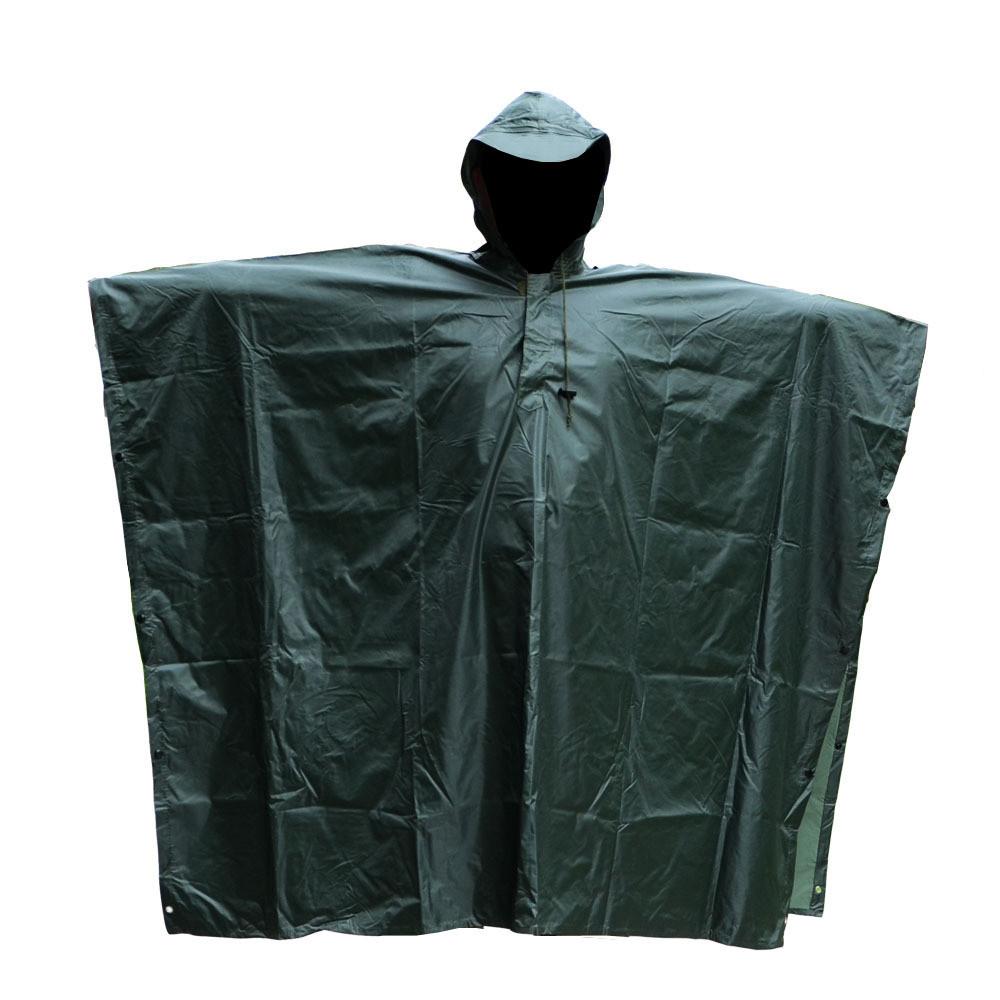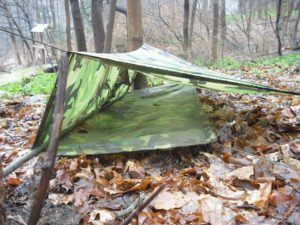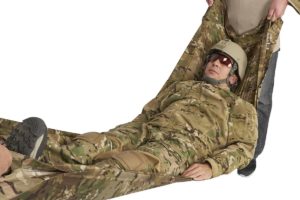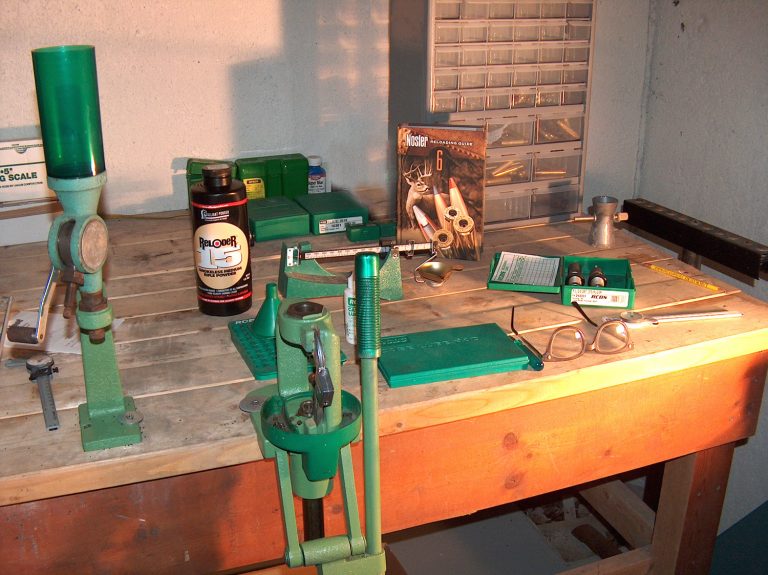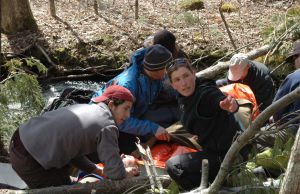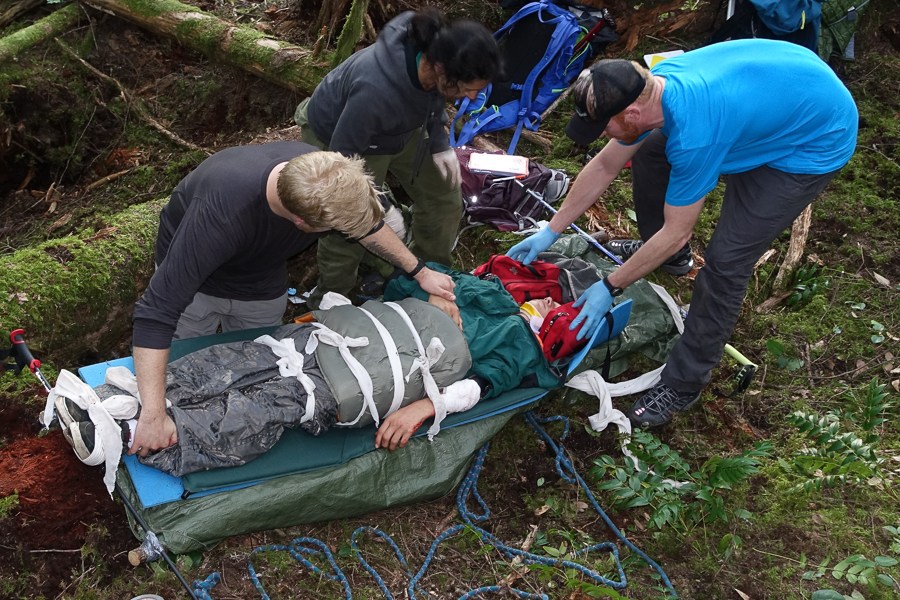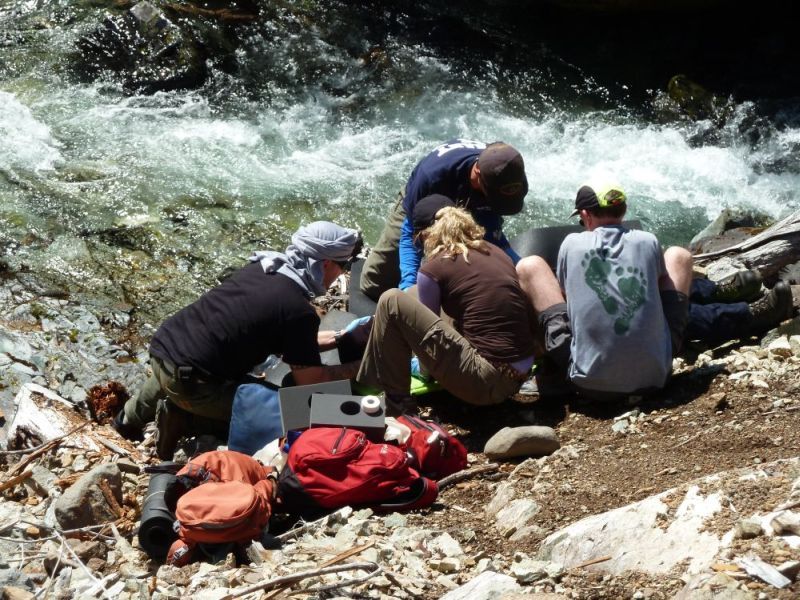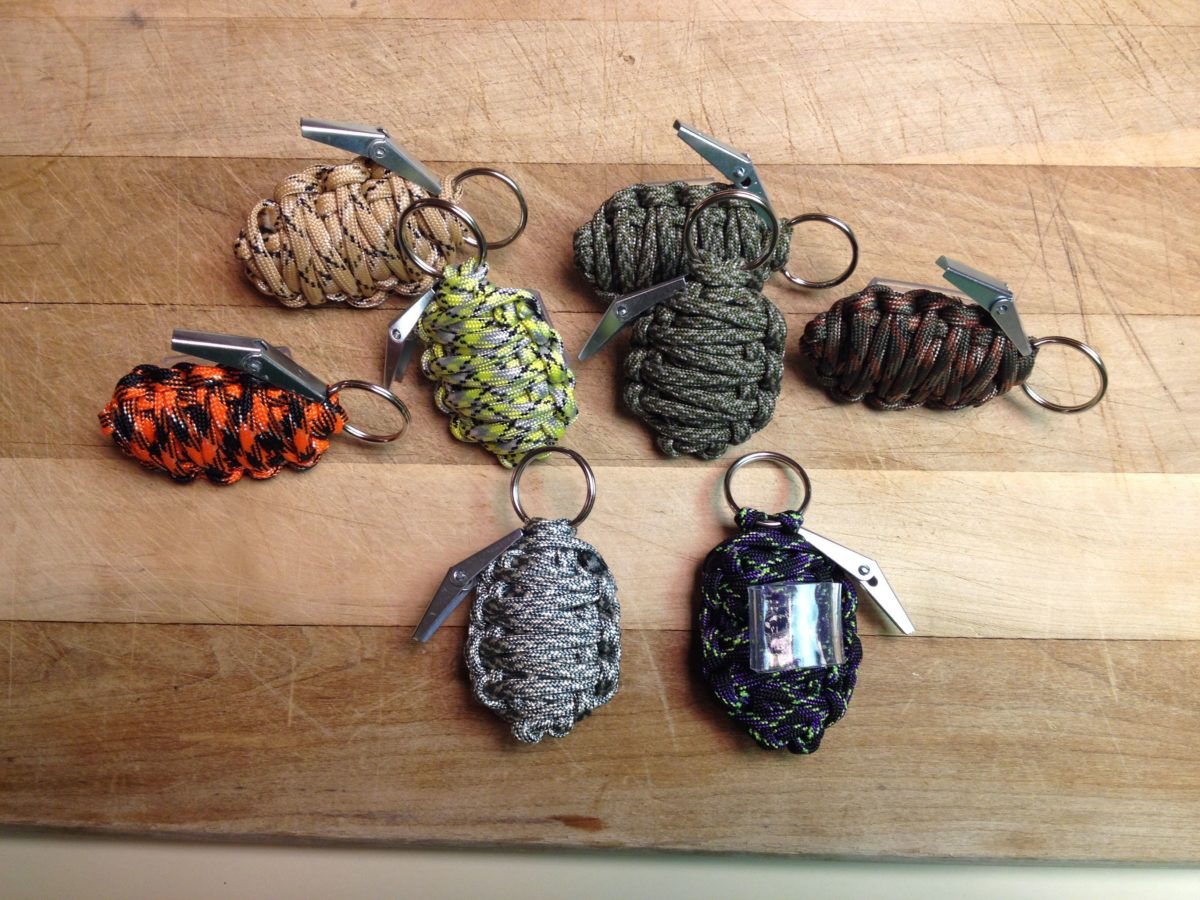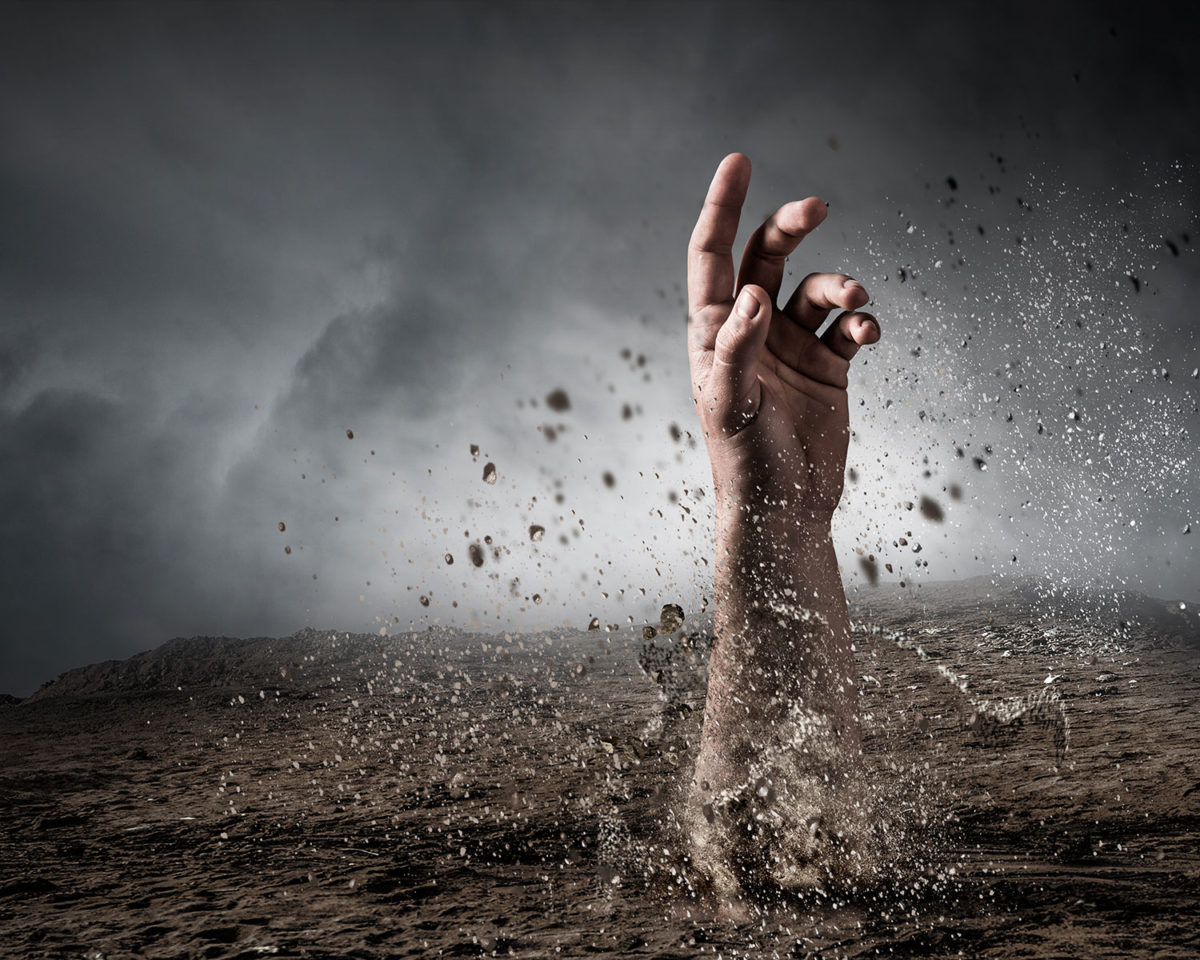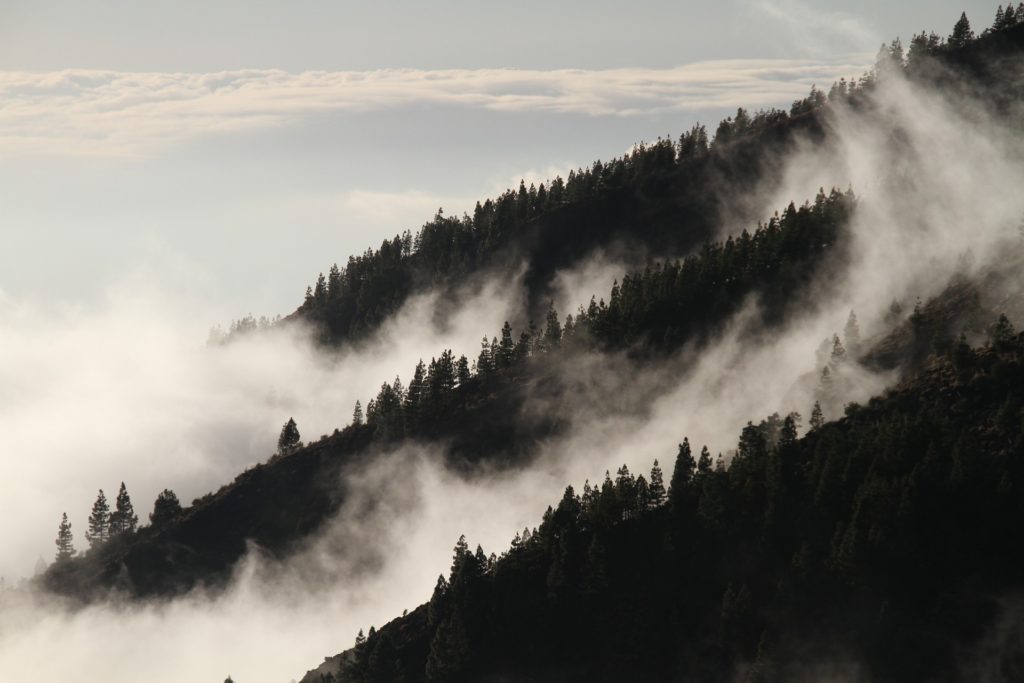Your Generation’s Chances of Surviving
Could the year you were born have any bearing on your chances of surviving doomsday? Are there any advantages for one generation over another when it comes to living through some apocalyptic event? Do these labels (Baby Boomer, Generation X, Millennial), that somehow became affixed to relatively random ranges of time, hold some clue as to whether or not you and a bunch of your high school buddies could make it through a zombie apocalypse or invasion of mutant bikers from mars?
Related The vital self-sufficiency lessons our great grand-fathers left us
I was thinking about this topic from the singular perspective of my sometimes least favorite generation the other day: Millennials. Sometimes they are called Generation Y, but no matter what they are called in the media, their collective praises are sung at such high levels, in every facet of our society of how important this latest generation is to our country, planet and probably the entire universe as well.
The Millennial generation has received so much attention over the years that at times it nauseates me. If you didn’t know better you would swear anyone who wasn’t a millennial was both stupid and had purposely made a mess out of everything from the paper clip industry to education to race relations and the planet. Thank God we finally had Millennials to save us from ourselves.
No, I am not a millennial.
But this has been going on for a relatively long time of several years and there wasn’t some new event that prompted me to think about them although it could have derived from some conversation in the office I work during the day. The company I work for (yes I have a real job too) has a vested interest in making Millennials happy so I am forever hearing what the Millennials like and don’t like.
What motivates millennials and what inspires them, what they prefer in a job and their thoughts on giving back to the community to the point where I simply don’t care what happens to these people to a great extent anymore. After a little too much of this I started to think of a way to excoriate them.
Related Knowledge to survive any medical crisis situation
Instead of just looking at this one generation though, I thought it might make sense to step back and look at the three largest or most influential generations we have going right now, Baby Boomers, Generation X and Millennials and see which of them would have the best chances of surviving doomsday. So, mustering all of the highly anecdotal evidence I can; here is what I believe the results would look like if we faced a TEOTWAWKI disaster. For the record, this is not a scientific article, just in case that wasn’t clear.
Baby Boomer Prepper odds of survival
Born between the years 1946 and 1964 – currently aged 51 to 69
Baby boomers have a lot of things going for them. Generally speaking they no longer have children at home to worry about or if they do, most of them are pretty self-sufficient in the respect that they can fend for themselves if need be and they are so inclined. Baby boomers are looking forward to retirement even if the economy has put their plans on hold for a little while. Houses are largely if not completely paid off for a lot of boomers and some have more than one property.
Most of the big purchases we make in life are already acquired by the time you reach this age so Baby Boomers have a little more disposable income. They also have the benefit of being old enough to remember a good bit of life without the modern conveniences we have today. Even if their parents, “the Greatest Generation” pampered them to the point of enabling societal changes we might not agree with, by and large they have benefited from a good degree of hard work. I think this along with the historical long-view of a well-lived life gives boomers an advantage. They have seen what works and what doesn’t and for those who are awake to the goings on of the society around them, prepping makes sense. You don’t get to be in your 60s usually without learning a lot of life’s lessons; some of them the hard way.
Related The Antioxidant 550 times stronger than vitamin E and 6,000 x More Powerful Than vitamin C
However, age does have its drawbacks. While Baby boomers might be able to afford more time spent training or learning new skills, or making larger purchases of prepping supplies, they also have more health issues associated with age. One study called Baby Boomers, the Sickest Generation with higher rates of Obesity, High Cholesterol, Diabetes and Hypertension. In addition to requiring more medication, parts start failing you the older you get. Some of the most common surgeries for Baby boomers are Knee Replacements, Angioplasty, and Hip replacement. Not good news for a group of people who may be forced to walk long distances in a bug out scenario.
Generation X Preppers
Born between the years 1964 and 1980 – currently aged 35 to 51
Generation X is the forgotten generation. I say that because I am one of them and with all the attention focused on Baby Boomers retiring and the needs of the Millennials my generation has been rendered largely irrelevant it seems in the eyes of just about everyone. Pew research calls us America’s neglected middle child and that is what it feels like sometimes. However, this really isn’t an issue that keeps me up at night because I, like a lot of my fellow Gen X’ers are too busy at this stage of our life to care. Generation X is the typical quasi middle-aged group and we have our own set of strengths and weaknesses. Finally done with the more self-absorbed time of their lives, people in this generation are focused on protecting their families, growing their wealth if that is possible and are generally more aware of the world around them.
Related Liberal’s hidden agenda: more than just your guns
For Generation X preppers, we tend to be well along into careers with a somewhat stable life. Instead of partying every night, we are most likely at home watching TV. We have made it through the “wild times” of our younger days and have gained a little perspective and hopefully wisdom. Generation X may have children still living at home, but depending on where they fall on the scale, their ages might be all over the map. Prepping for family members is more of a focus for this generation. Most Gen X’ers do not have a remote property or enough disposable income to go hog-wild into prepping.
Generation X is coming into a more stable time of their lives financially if they have been lucky to weather the economic storms from the last 6 years and stocking up, while it isn’t easy may be more possible than someone still struggling through college or raising babies. Generation X people should not suffer from as many of the health issues of their Baby Boomer parents, but aren’t as spry as they once were either. Eyesight starts to go during this age and you learn you can’t eat what you used to be able to and quickly lose weight.
The Millennial Prepper’s chances of surviving TEOTWAWKI
Born between the years 1980 and 2000 – currently aged 15 to 35
The Millennial generation is characterized by traits that our society views now as highly desirable. Often described as a product of the electronic age they have grown up in, Millennials are multi-taskers, connected via the internet to all their friends, all the time and are tech-savvy. Probably because they have been plugged into some device since they were born. With a world that has electricity, internet and no major problems, these skills seem to be great resume enhancements.
Millennials shouldn’t have any health issues at this point in their lives that couldn’t be cured by getting outside every once in a while, but their reliance on technology could be a huge factor if that is taken away suddenly. What will the highly functioning Millennial do in a world without Google to search for the answers to their questions? What will the young, technologically savvy person do if GPS doesn’t work or the car won’t start? Could this dependence on technology be a hindrance to their survival? Could the same children that were raised on a lifestyle of “Everybody wins” sports teams with helicopter parents who always took care of their every need pull themselves up and do what is necessary to survive or would they sit back and cry “unfair” at any slight that doesn’t go their way?
Just the Facts Please
I know that the descriptions above are highly stereotypical and are even more they are very subjective. Every single person doesn’t fit into the broad categories above and I know for a fact that your chances of survival come down primarily to what you have inside yourself more so than what a lot of marketing guru’s say about you or your peers.
Knowing that each and every person is unique, I tried to find a better data point that would help me determine which Generation would have the best chances of surviving doomsday. The only objective data I could pull was from the actual viewers of the Prepper Journal so I measured the demographic information through analytics for the last two years. The results were a little surprising to me.
For the last two years May 13 to May 15 (over 6.2 million views)
- 27% of the total Views were from people aged 55-older (Boomers)
- 40.95% of the total Views were from people aged 35 – 54 (Generation X)
- 31.1 % of the total Views were from people aged 18 -34 (Millennials)
So what does this tell me? I had expected that the overwhelming majority of our page views would be from people roughly my age and older but the demographics were very similar across the generations. I had expected the self-absorbed Me Me Me generation, of which 2 of my children belong, would be absent from any site that dealt with concepts like this. I thought that people their age would not care or even think about survival and by extension, their absence would be some verification that they don’t take issues like prepping for disasters seriously. I was wrong.
Related Diagnose and treat any medical problems you are going to encounter
I have said before that you can’t be too old to prep and I do believe that virtually anyone can take steps to give themselves a better chance, no matter what the disaster turns out to be in your life. If I can measure anything from the data above, it is that people from all the generations are curious about learning the subject of prepping. Logic would say that everyone is trying to be more prepared and that every generation more or less is equipping themselves with knowledge. Their readership of sites like this one and tons of others suggests they already have the will to survive.
I guess I need to also say that you can never be too young to prep either. I shouldn’t write off a generation of people, largely based on what marketing or the experts tell me. From the youngest grade-school age child to the most senior among us, there are people from all walks of life interested in prepping and that gives me great hope for our future.
Perhaps if something happens we will stop referring to different ages by labels and share a trait more powerful than marketing demographics. Maybe we will all be able to survive as one generation.
Other self-sufficiency and preparedness solutions recommended for you:
Healthy Soil + Healthy Plants = Healthy You
The vital self-sufficiency lessons our great grand-fathers left us
Knowledge to survive any medical crisis situation
Liberal’s hidden agenda: more than just your guns
Build yourself the only unlimited water source you’ll ever need
4 Important Forgotten Skills used by our Ancestors that can help you in any crisis
But this has been going on for a relatively long time of several years and there wasn’t some new event that prompted me to think about them although it could

